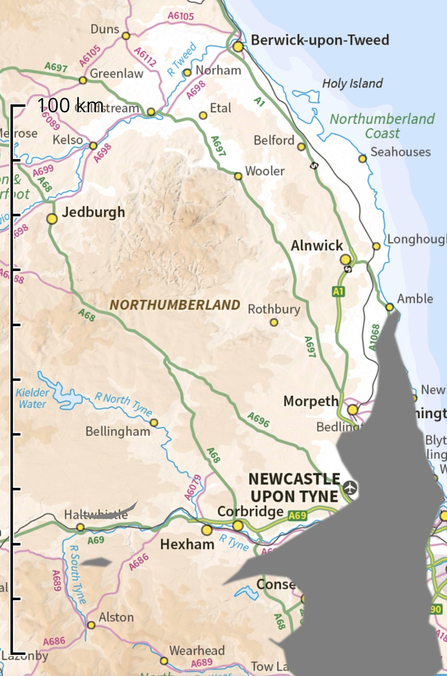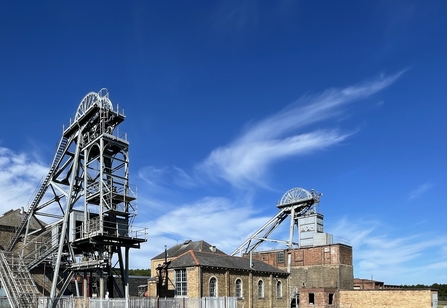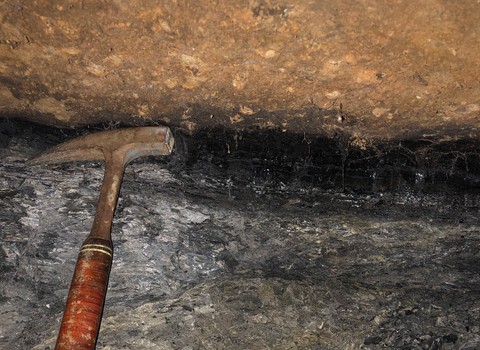What is Coal?
Coal is a sedimentary rock that burns. It is a fossil fuel, a form of carbon that usually has several other elements, like sulphur, hydrogen, oxygen and nitrogen. It occurs in relatively thin layers (0.1 – 2 metres) which are called coal seams.
How do I recognize it?
It is a soft, black, often shiny rock, that breaks up quite easily into rough cubes. We see coal most often as a fuel for house fires, although because we are reducing the amount of CO2 we produce that is becoming a much less common sight.

Where do I find it?
One of the places to find coal in its original layers is in the low cliffs along the Northumberland coast – you usually find it as thin seams, above a softish light grey rock (the fossil soil, or seatearth).

How was it made?
Coal was once plant matter that decayed only slowly under waterlogged conditions and after being buried deep under other rocks for millions of years became compressed into the hard black rock we see today. Most coal in this country comes from the Carboniferous period when, for many millions of years, the environment was sub-tropical swamps and forests.
What does a coal landscape look like?
Coal is a relatively soft rock and so in nature usually doesn’t produce a distinctive landscape. However, because of all the deep mining and opencast coal mining here in north east England, there is a “coal landscape”made by us humans. Not so many years ago that used to be big spoil heaps of colliery waste, but most of these have now been restored (like Northumberlandia). Other signs of coal in our landscape are ponds and depressions where the ground has subsided over old coal mines and also deliberately flooded areas during restoration of past opencast sites (like Hauxley).
Which plants like coal?
Species of subsidence wetlands, like greater spearwort, and formerly a medley of opportunist plants on pit heaps.
What use is it?
Coal is used to produce energy for heating homes and providing power, it is also used as a fuel to produce iron and steel. Burning coal in power stations is the biggest single contributor to C02 emissions and we are trying to dramatically reduce our use of coal so that we cut down the amount of carbon in the atmosphere.

